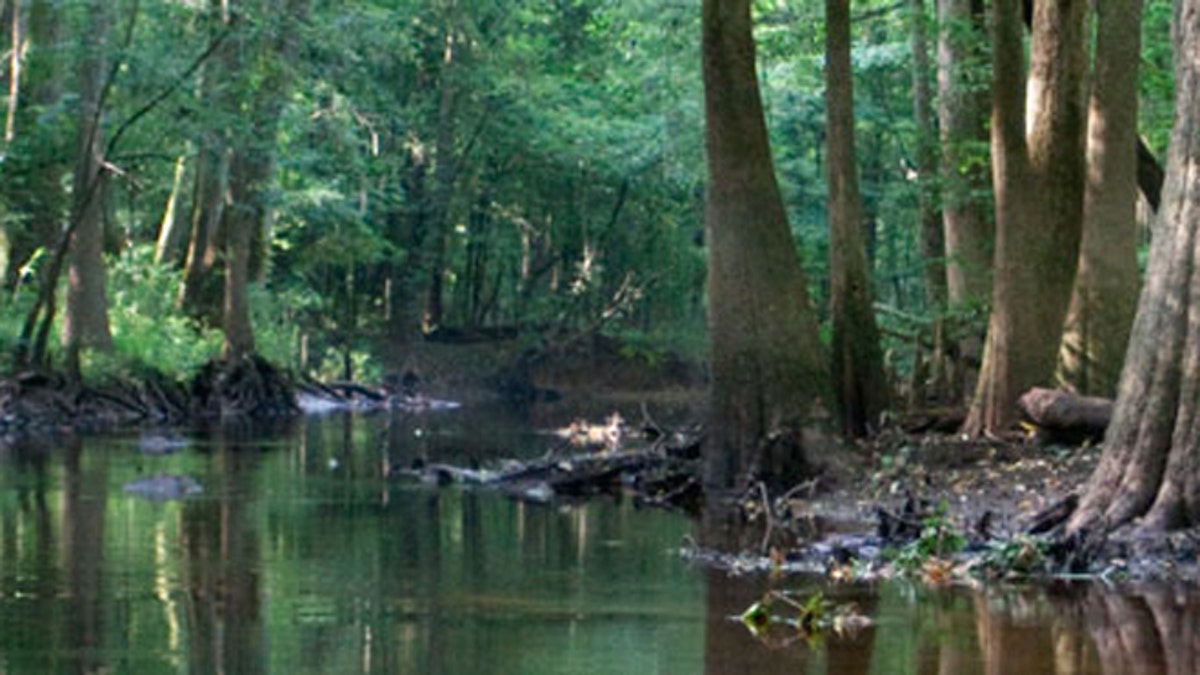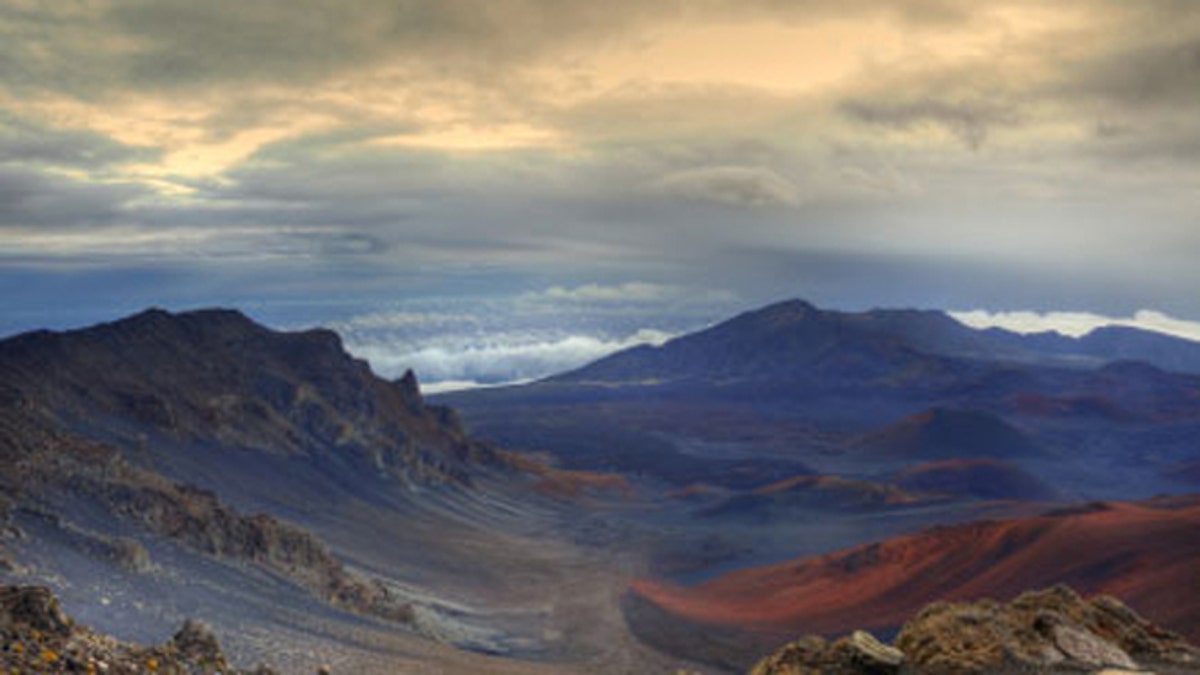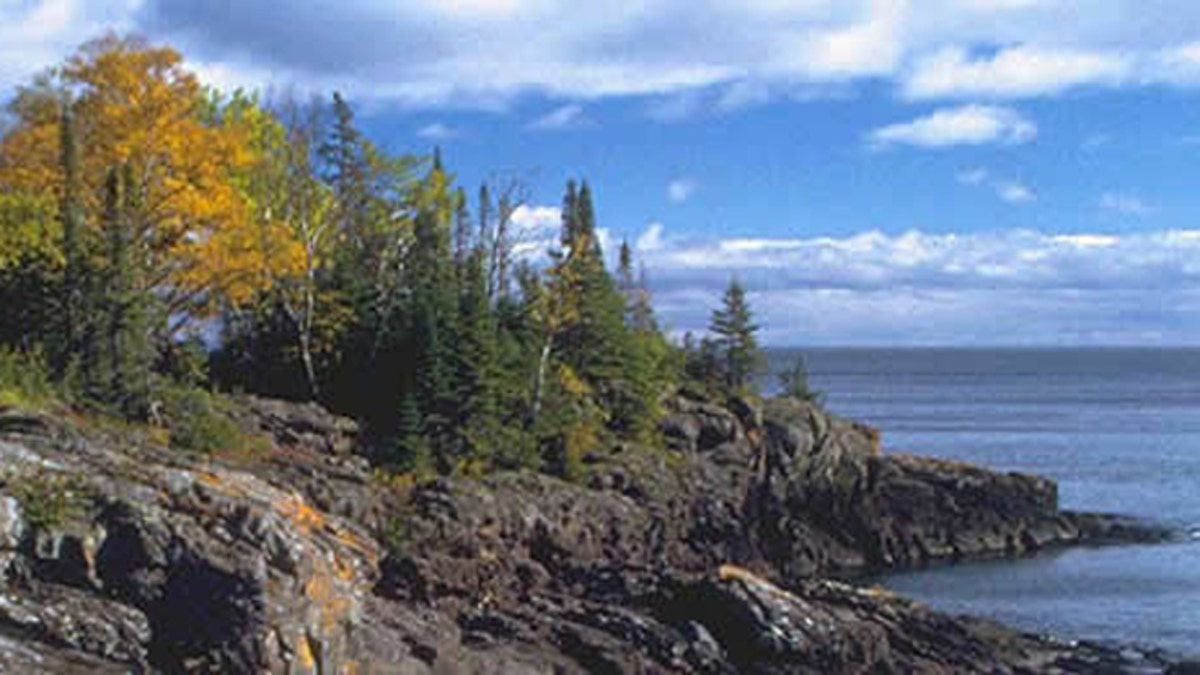Last year, over 282 million people visited a U.S. national park—that’s up about three million from 2011 and the sixth highest attendance of all time. Yet despite our love for what historian Wallace Stegner called “America’s best idea,” most of us would be hard pressed to name more than a dozen of our national parks. While marquee parks like Yellowstone, Grand Canyon, and Great Smoky Mountains are certainly worth visiting, they come with drawbacks—namely higher admission fees and larger crowds, especially in the high summer season. By comparison, these six lesser-known national treasures can be blissfully uncrowded while still delivering outstanding natural landscapes and wildlife viewing.
For children, a park visit can be extra special. Most of our national parks offer a free Junior Ranger program that typically includes a booklet of questions and scavenger hunt-like activities. Once tasks are completed, each kid receives a Junior Ranger certificate and badge. Can’t make it to a national park this summer? Some parks will even let kids earn a Junior Ranger badge online.
1. Guadalupe Mountains National Park, Texas

(NPS)
Though it may seem rather small when viewed against the great expanse of Texas, this gem along the New Mexico border holds tremendous variety, from imposing mountains to desert dunes to one of the best preserved fossil reefs in the world. Don’t miss: Among the park’s more than 80 popular hiking trails, the Guadalupe Peak Trail is a standout, delivering spectacular views of El Capitan, which was used as a landmark by stagecoach travelers along the Butterfield Overland Mail line. Look for the old stagecoach station near the Pine Springs Visitor Center.
2. Capitol Reef National Park, Utah

(NPS)
Located in the heart of Utah’s red rock country, this long, narrow park is defined by the Waterpocket Fold, a 65-million-year-old warp in the earth’s crust that appears as a giant 100-mile wrinkle on the landscape. Long before American pioneers arrived, hunters and gatherers left petroglyphs on the sandstone canyon walls. Don’t miss: There are regular ranger-led talks in the campground amphitheater as well as occasional astronomy workshops. No visit is complete without a one-mile scenic drive to the Historic Gifford Homestead, a 19th-century farmhouse where handmade items for sale include freshly baked, homemade pie.
3. Theodore Roosevelt National Park, North Dakota

(NPS)
Bison roam the eerie badlands upon which the west was won, and the legends of Sitting Bull and Custer still cast long shadows here. This is also where Teddy Roosevelt made himself over from scrawny city slicker to rugged hunter and wilderness lover. Roosevelt was the father of our National Parks System, and yet relatively few Americans visit the park named for him in North Dakota. Wildlife viewing includes bison, wild horses, elk, longhorn and bobcats. Don’t miss: The ranger-led hikes and campfire talks are excellent, and you can also take guided horseback rides through the badlands.
4. Congaree National Park, South Carolina

(NPS)
Just a short drive from Columbia, these 27,000 acres of tranquil bayou preserve the largest remaining tract of old-growth bottomland hardwood forest in the Southeast and its astonishing biodiversity of plant and animal life. Don’t miss: Reserve in advance for a free, ranger-guided canoe tour on Cedar Creek. As you paddle past ancient cypress and tupelo, you’ll spy deer and otters, and hear songbirds and owls. (Minimum age is 5.)
5. Haleakala National Park, Maui, Hawaii

(NPS)
Barren volcanic landscapes meet lush sub-tropical rain forests in this remote Maui park that’s home to a variety of native creatures such as the Hawaiian honeycreeper and the Hawaiian dark-rumped petrel. Don’t miss: With visibility of 115 miles from the summit area, skywatching is a popular activity in this park, day or night. Bring binoculars and be on the lookout for rainbows, moonbows, or even the moons of Jupiter.
6. Isle Royale National Park, Michigan

(NPS)
Surrounded by the waters of Lake Superior, this drop-dead-gorgeous island can only be reached by boat or sea plane and is one of the few national parks that closes for the winter. Summer activities include day hiking, canoeing, kayaking, and even scuba diving. The Rock Harbor Lodge offers 60 rooms—all with Lake Superior views—and 20 duplex cottages, and makes for an ideal base camp for a weekend of exploring. Don’t miss: A boat tour of the outlying islands that includes a quarter-mile hike to the circa-1855 Rock Harbor Lighthouse.
More from MiniTime
6 Ways to Save on Kid-Friendly Attractions
5 Awesome L.A. Beaches for Families
6 Baseball Attractions Worthy of a Road Trip
